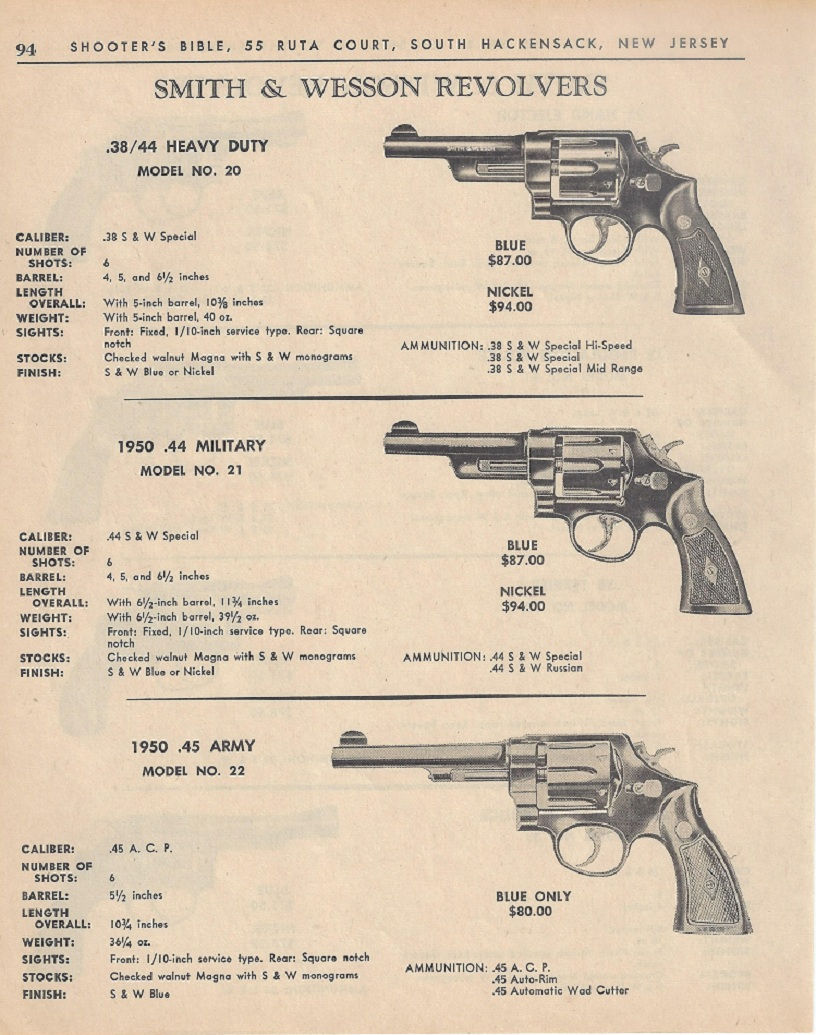One-Handed Point Shooting Technique
- Elden Carl
- Mar 2, 2017
- 3 min read
As I wrote in a previous article Thell Reed and I dominated the Leatherslap from the one-handed point position for six straight years until we both retired. Five out of six of those matches were held at 21 feet. Only one was held at 15 feet which is a much more practical distance according to most important studies of police shootouts.

A 1960’s study concluded that approximately 85% of Los Angeles shootouts occurred under 15 feet in dim or no light. It is my opinion that because most pistol training programs remained mired at the 21 foot line for all short range work, the most important technique Thell Reed and I ever employed, the one-handed point, may be lost forever.
With his Colt 45 Peacemaker Thell won the 15 foot, 1963 Leatherslap, which I helped LtCol Cooper direct. Exhibiting his spectacular speed and point shooting skill, Thell proved again why he should be considered the best, and why the one-handed draw, point, and shoot technique should never have been abandoned.
The key factor relating to one-handed point shooting is that one must master the skill of being able to aim and fire below eye level and without the aid of the pistol sights. Not easy to do. The one-handed point shooter must concentrate on the center of the target while employing his peripheral vision to determine correct alignment and elevation. Another aid in determining elevation involves kinesthetics; that is, the shooter must be totally familiar with how the angle of the pistol grip feels in relationship to the barrel when the pistol is “locked on target” and ready to fire.
One of the problems that Thell and I shared at the Leatherslap was that we both switched back and forth between the revolver and the semi-auto pistol, each of which has a distinctly different pistol grip to barrel angle feel. The resultant increase in the number of low and high misses sustained would convince even the most skeptical shooter that it’s best to pick your pistol and stick with it.
Thell and I didn’t have much choice when it came to which pistol we favored. Thell, to this day, makes his living working in the movies and has toured with the likes of Gene Autry and Casey Tibbs. He has established and maintained his reputation for being the fastest and deadliest practitioner of the single action Colt 45 Peacemaker. In my case, the double action revolver was the pistol of choice in law enforcement at the time. Not only did I do scores of demonstrations in person and on television, employing two Model 19 S&W Combat Magnums, but I created San Diego County’s first law enforcement two-handed combat pistol training program under Sheriff Joseph C. O’Connor in the mid 1960’s.

The overall fact remains that picking one type of combat pistol and mastering it is the best way to obtain and maintain the maximum level of skill possible. What has been lost is the ability to choose between the two-handed hold and one-handed point. Thell and I believe the latter is definitely faster and more deadly at close practical ranges than the former. Having a better field of vision, being able to run faster and having quicker engagement of lateral targets without turning your whole body, could be lifesaving techniques. Remember, it only takes a few hundredths of a second to create a two-handed hold if you need to engage a longer range target.
Despite winning many more combat pistol matches with a two-handed hold rather than from the one-handed point position, if forced to choose, I’d prefer the one-handed point, based on several of my law enforcement confrontations where human targets were involved. Only one of those was farther than 10 feet. This one-handed point shooting skill that I developed more than half a century ago with the help of a 15 year old named Thell Reed turned out to be the most important shooting technique I used throughout my police career.
In the future I’ll write about several armed confrontations I had during my time in law enforcement and what part speed and skill played in the outcomes.



Comments